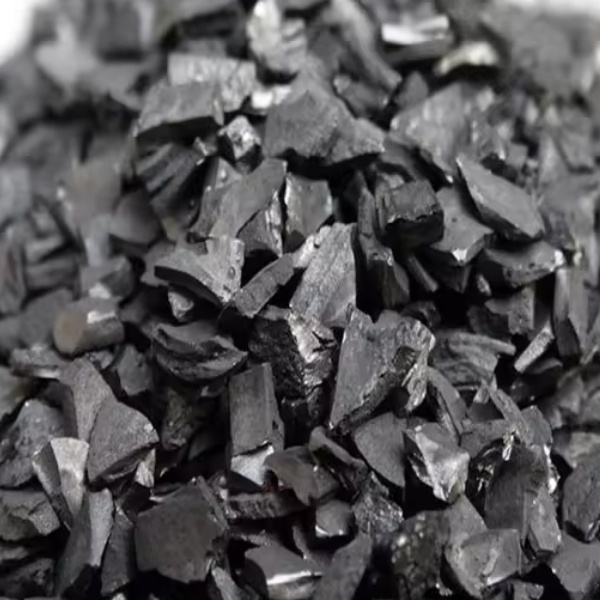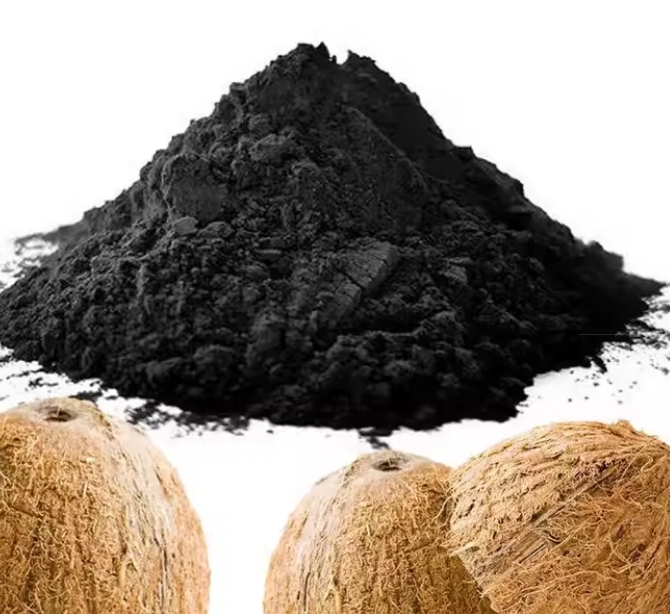Coconut shell activated carbon is a black solid. It is an adsorbent with a highly developed adsorption structure and an increased specific adsorbent. Its surface can be adsorbed by chemical adsorption substances, thereby achieving the effect on various organic and inorganic substances. Mainly usually exist in the form of powder, granules, granules, etc.
Coconut shell activated carbon is widely used in the field of water treatment to remove organic matter, odor and color substances. It can also be used for air purification, adsorbing harmful gases and particulate matter. Activated carbon is also widely used in the pharmaceutical, food and beverage industries to remove impurities and improve product purity.
When using coconut shell activated carbon, you need to pay attention to the following points:
-Avoid inhaling activated carbon dust or adsorbing harmful gases.
– Try to avoid direct contact with activated carbon to avoid excessive adsorption of oils and harmful substances on the skin.
– Activated carbon should be stored properly to avoid moisture and exposure to high temperatures.
The MSDS of coconut shell activated carbon is a necessary document for selling coconut shell activated carbon. It can effectively guide people on how to avoid dangers and precautions when using coconut shell activated carbon;
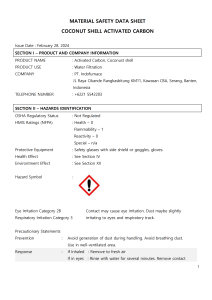
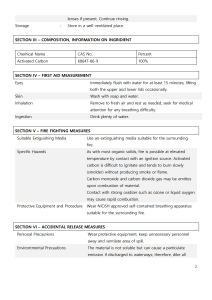
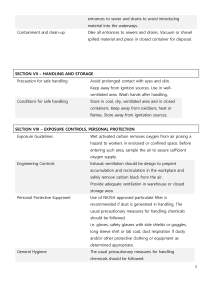
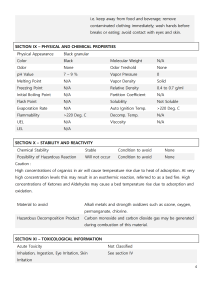
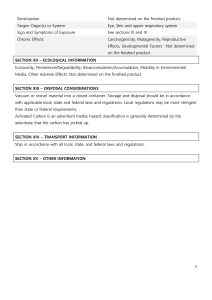
A Material Safety Data Sheet (MSDS) for coconut shell activated carbon provides detailed information on its properties, hazards, handling, storage, and emergency measures.
Coconut shell activated carbon MSDS main appliaction:Transport and Shipping
- Transport Information: Ensures safe and legal transportation of hazardous materials by providing necessary shipping details and classifications.
- Regulatory Compliance: Meets regulatory requirements for the domestic and international transport of hazardous substances.
An MSDS is a vital document for any organization dealing with chemicals, ensuring safety, regulatory compliance, and informed decision-making.

